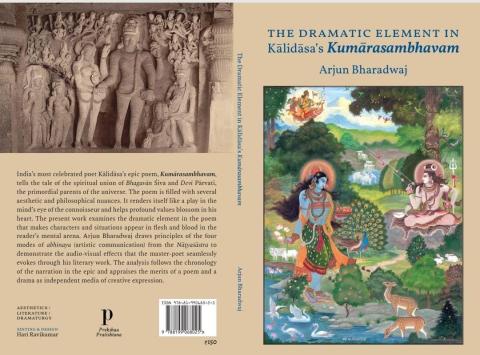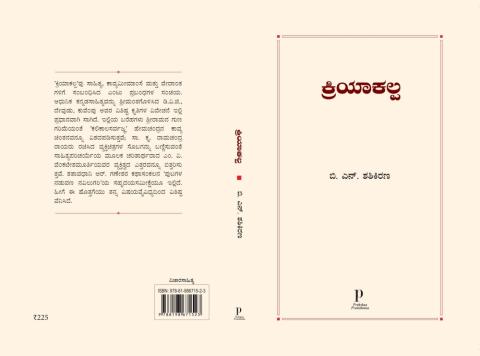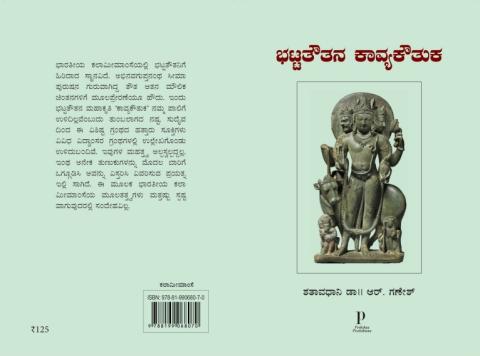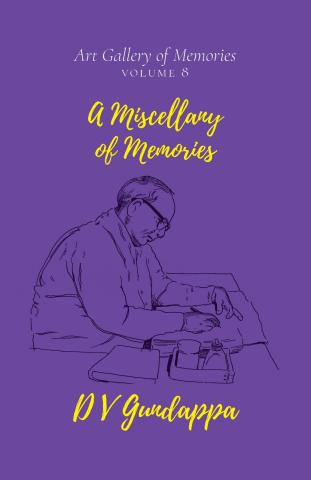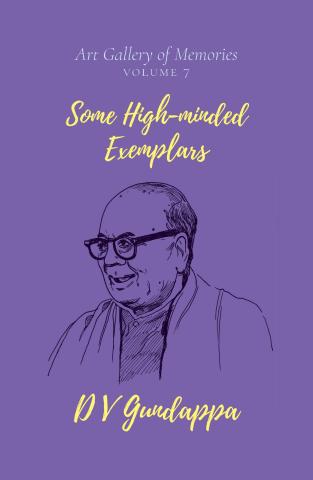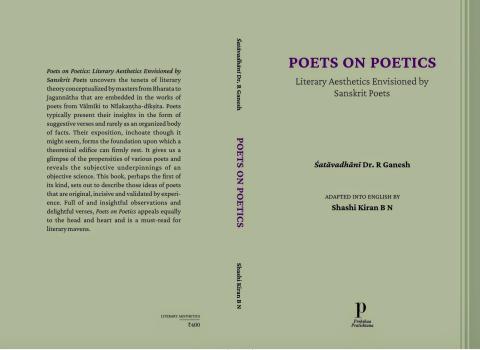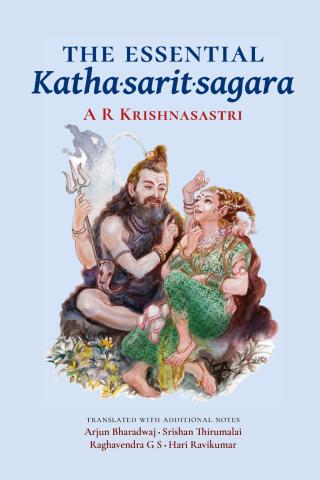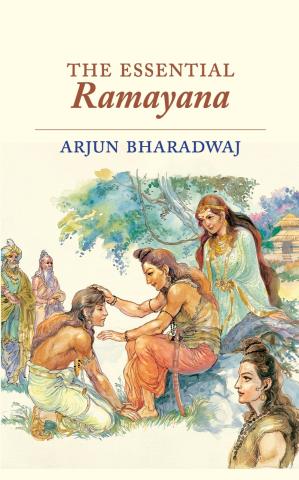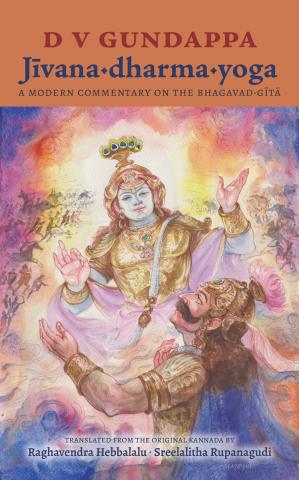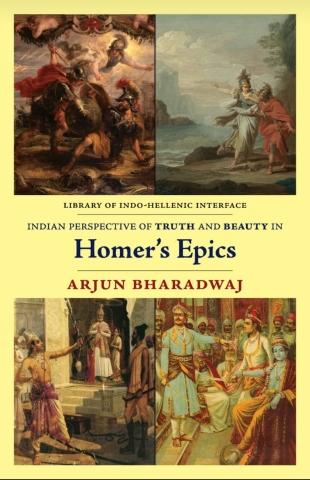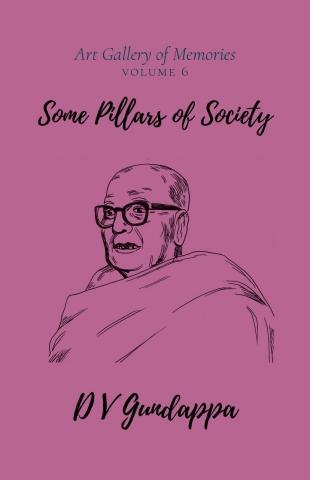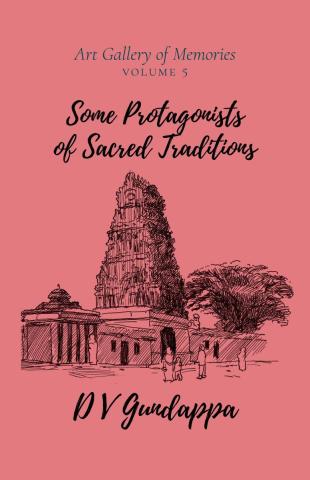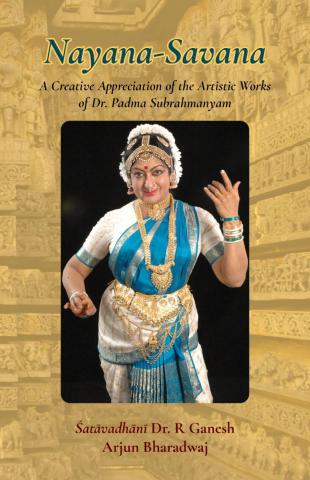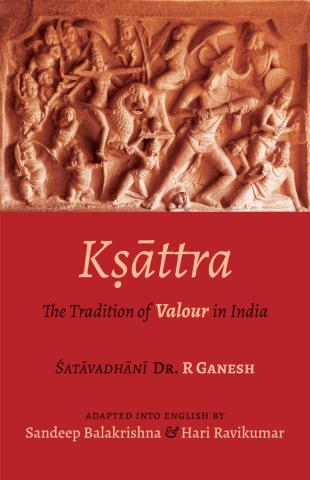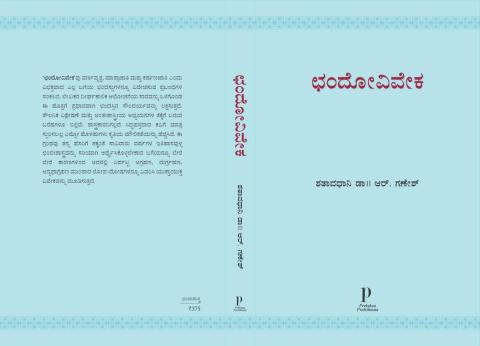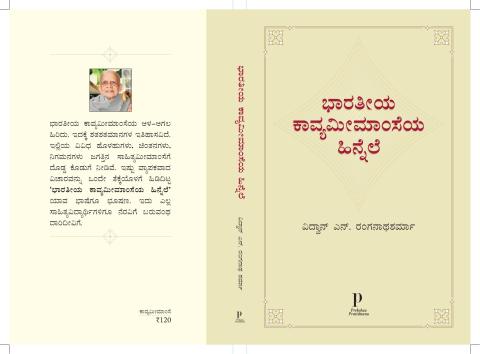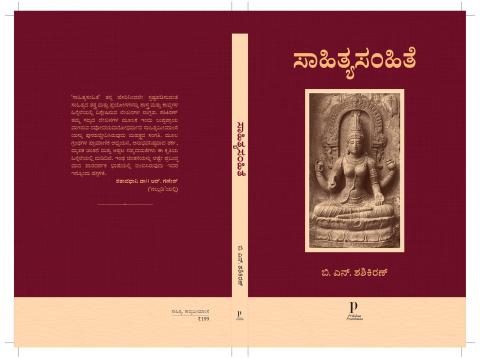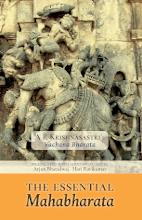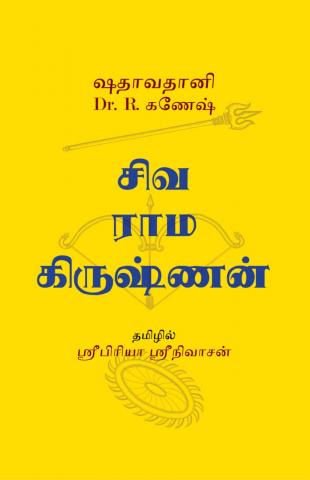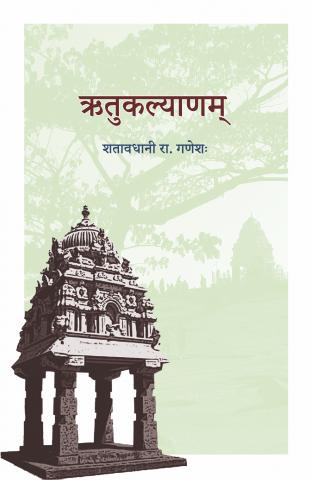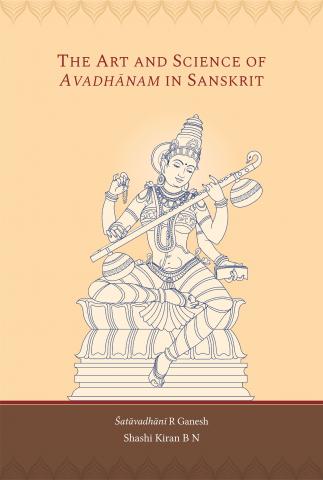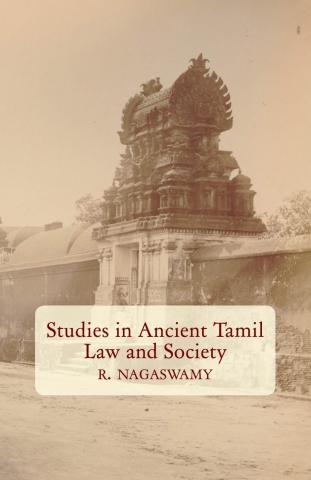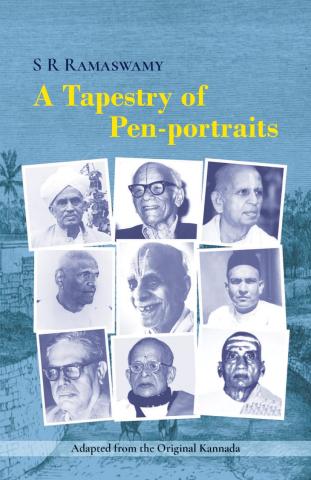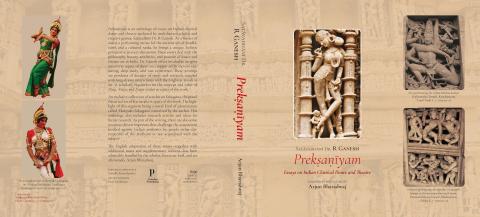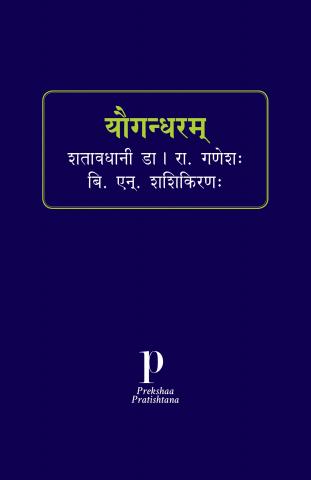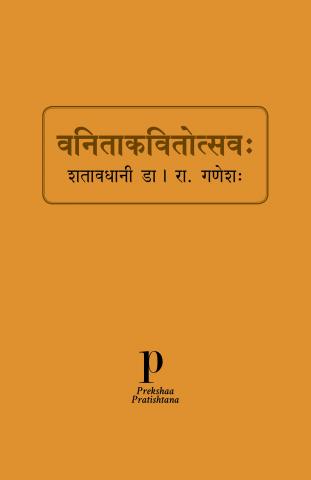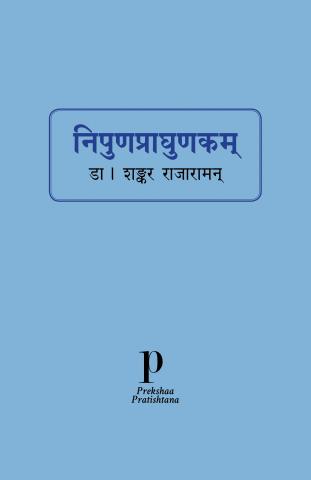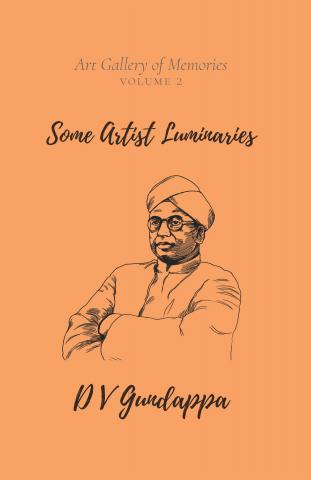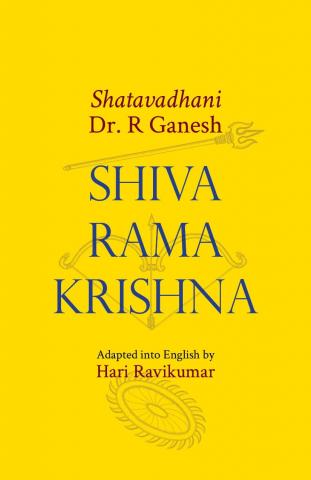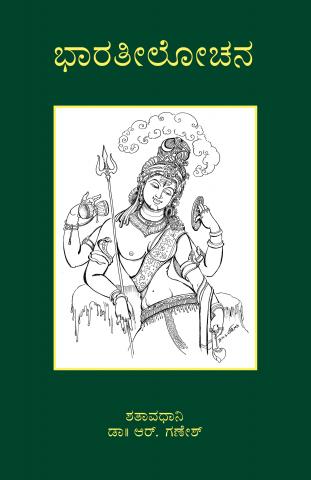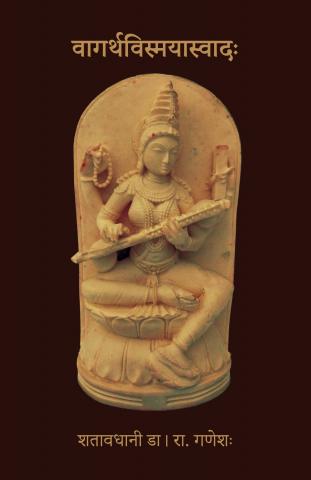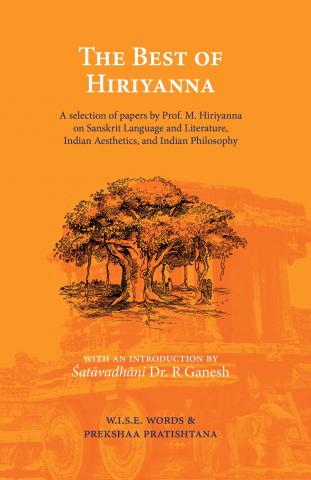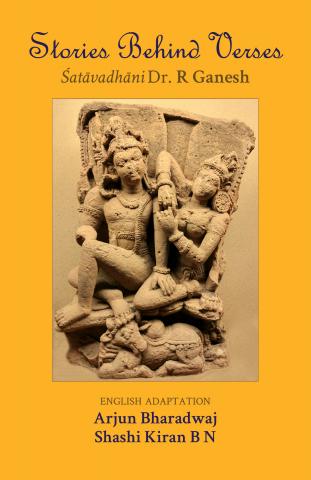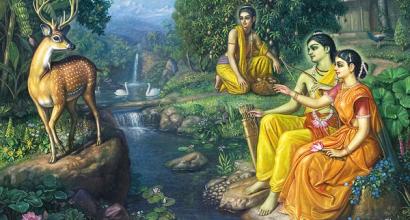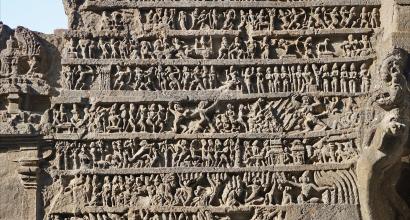Bhavabhūti has not included a vidūṣaka in any of his plays – the exclusion maybe because Bhavabhūti felt that he is not endowed with lively and sweet emotions, or probably because he felt that the plot of his plays did not demand the inclusion of such a character; he might have also felt that it was impossible to include a vidūṣaka for the communication of the philosophy he had in in mind. His plays lack hāsya even in instances where it could have been easily brought in. Even in the few rare cases where humour actually occurs, we must say that it is of a ‘serious’ and ‘scholarly’ kind and not casual and lilting one.
Finally, many scholars say that Bhavabhūti uses the most appropriate chandas and the right kind of language as per the requirements of the context; this, however, should be natural to a poet who is a vaśya-vāk! It is not a unique or special quality, especially of a poet who is supposed to be a master of language. We have seen this quality in Kālidāsa and Sriharṣa already. Moreover, it would not be wrong to say that Bhavabhūti displays bhāṣā-sampatti more than bhāva-sampatti – his skill in using language is greater than his ability for emotional elaboration and layering. In summary, his style is more bombastic than that of the earlier stalwart playwrights – it displays its affinity to the gauḍī-śaili. Phrases such as unnāla-bāla-kamalākara-mākaranda-niṣyanda-saṃvalana-māṃsala-gandha-bandhaḥ are rather rarely found in his works (Mālatīmādhava, Act 9). In some places, the language that he has used and the chandas he has chosen for the sake do not appear that appropriate either. For example, the following is the description of the joy that Rāma felt when he hugged his son Lava –
“pariṇata-kaṭhora-puṣkara-garbhacchada-pīna… sparśaḥ” (Uttara-rāma-carita 6.13)
Bhavabhūti’s manodharma has lesser proportions of softness, gentleness, simplicity, and sweetness; his scholarship and confidence radiate through his words – his language is serious and grand, and not really lucid. He seems to have harboured contempt for the world and does not appear to have gone to the depths of understanding the variegated human emotions in all their dimensions; he does not seem to have comprehended human shortcomings either. Thus, his characters lack the life essence to a large extent; they do not possess solid personality; in fact, Rāma too bores us at times; Kāmandakī also works like a machine – she is a saṃnyāsinī only in her costumes but not in her actions. Bhavabhūti’s works and thus, he has a special place in the domain of Sanskrit literature.
The Prakrit employed by Bhavabhūti displays a unique feature too – he uses only the Shauraseni dialect and uses it only in prose passages (and not in verses). Even the characters that otherwise speak Prakrit take to Sanskrit while reciting their verses.
Bhavabhūti has captured certain profound feelings with the right choice of words. They are often quoted in other works just like the utterances of other great poets. The following are a few picked from the Uttararāmacarita –
ऋषीणां पुनराद्यानां वाचमर्थोनुधावति (1.10)
The meaning follows the sound in the utterances of ṛṣis – the realised seer
[While the speech of mere mortals follows sense, in the case of the realised souls, sense follows speech; whatever the realised ones speak attains great, spiritual meaning.]
तीर्थोदकं च वह्निश्च नान्यतः शुद्धिमर्हतः (1.13)
The waters of a tīrtha and agni (fire) are pure by their very being. They don’t need another purifier
[Tīrthodaka and Agni are known to purify anyone/ anything that comes in contact with them. They do not need to be further purified.]
वज्रादपि कठोराणि मृदूनि कुसुमादपि लोकोत्तराणां चेतांसि (2.7)
The hearts of great men are harder than diamond but softer than flowers.
सत्सङ्गतानि निधनान्यपि तारयन्ति (2.11)
Even death at the hands of the noble leads to salvation.
आनन्दग्रन्थिरेकोऽयमपथ्यमिति कथ्यते (3.17)
The child is a knot of joy that unites the hearts of the husband and wife.
गुणाः पूजास्थानं गुणिषु न च लिङ्गं न च वयः (4.11)
Merits are the objects of reverence in the virtuous; neither their gender nor their age.
To be continued ...
The current series of articles is an enlarged adaption of Prof. A. R. Krishnasastri's Kannada treatise Saṃskṛta-nāṭaka. They are presented along with additional information and footnotes by Arjun Bharadwaj.




